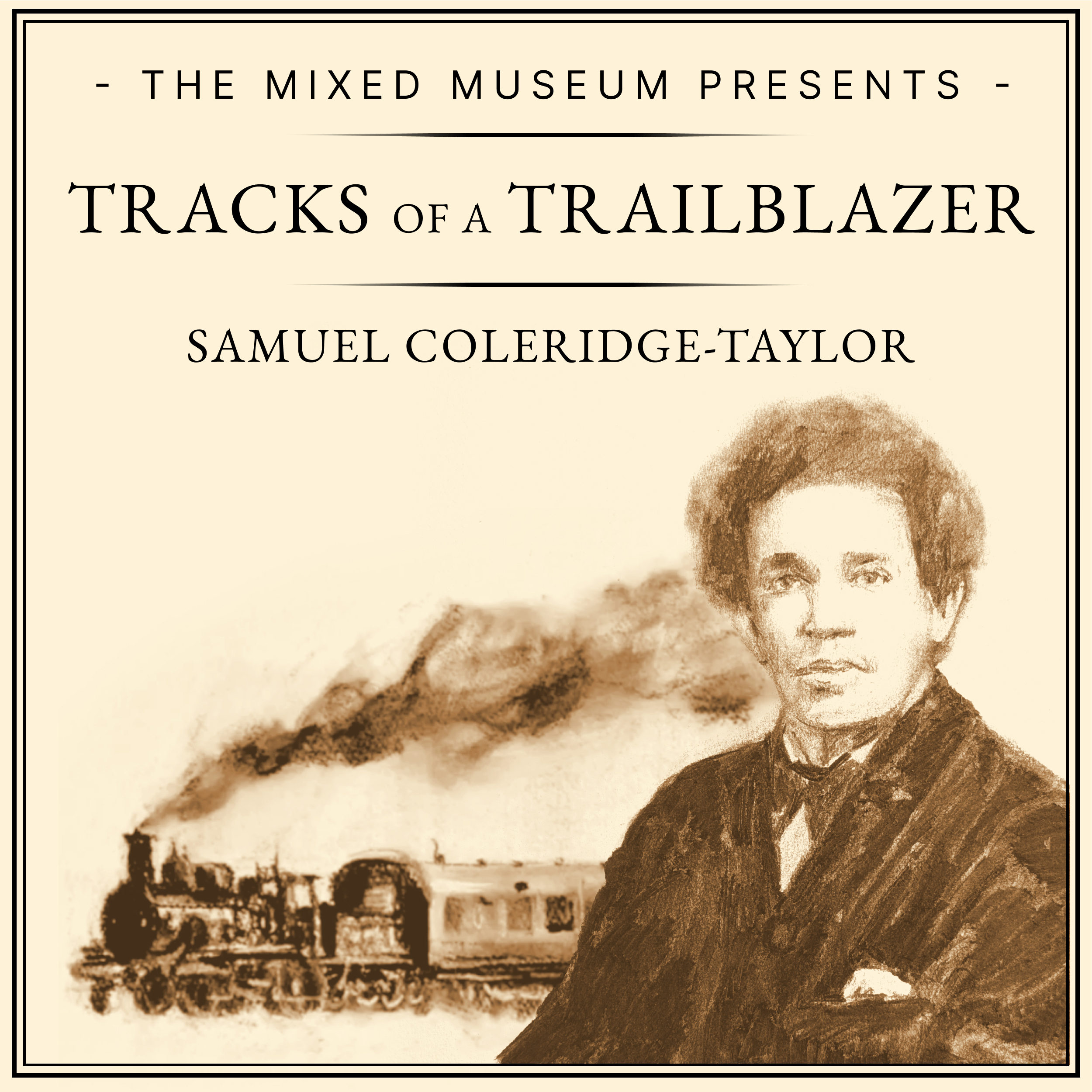Funding news! New audio project explores untold stories of the railways
Stories of historical migration to Britain often focus on the ways people got here – by sea, as with the arrival in 1948 of the Empire Windrush, the most well-known example, or by air. But what about after they arrived? How did they get around the country to the places they settled, and how did they travel for work and leisure? In many cases, by train.
Funded by Great Western Railways’ Customer and Community Improvement Fund, TMM’s new audio project, Echoes of the Line, will explore how Britain’s railways have shaped the lives of multiracial individuals, families and communities. Below, find out more, including how you can contribute your own stories to the project.

The Mixed Museum is delighted to announce a new funded project exploring the role of the railways in Britain’s multiracial history.
While sea and air travel are prominent in popular understandings of historical migration, less attention has been paid to the role of the railway. Yet trains helped people build their lives once they arrived in Britain, connecting them to jobs, communities and relationships.
In the year that marks 200 years of Britain’s railways, our new audio project, Echoes of the Line – funded by Great Western Railways’ (GWR) Customer and Community Improvement Fund – will explore some of these untold stories of the railways as vital spaces of connection and belonging.
Building on TMM's immersive audio Samuel Coleridge-Taylor journeys
The funding follows the launch of our first audio series, Tracks of a Trailblazer, which explored the British Black mixed race composer Samuel Coleridge-Taylor’s life and connection to the railways.
Dr Chamion Caballero, Director of The Mixed Museum, said: “When we think about who travelled on Britain’s railways in the near or distant past, whether in what we learned at school or the period dramas we all watch, we don’t always think about racially minoritised people – but we were there.
“Just like today, we might record more significant trips like getting on a flight or ferry to go abroad, but what about those more everyday moments of catching a train to see family or get to work or as part of a love story? Those seemingly mundane moments make up our sense of national belonging. As Britain celebrates 200 years of its railways, we want to capture these histories to ensure we’re part of this nation’s rail story.”
She added: “We’re enormously grateful to GWR for once again giving us the opportunity to find and share little-known but important multiracial histories connected to the railways.”
Call-out: do you have a rail-related story?
Echoes of the Line will include a digital exhibition and a two-part audio series. The first episode will explore the role of the railways in Britain’s multiracial history up until World War Two, drawing on archival records, including 19th and 20th-century newspapers.
The second will curate stories on the role of the railways in family and community histories after World War Two until 205 – and TMM needs your help. Did one of your parents, grandparents or other relatives work on the railways? Did you or people you know travel by train to move home or connect with family or friends? Was it a vital route to work or did it play a role in family romances?

Like Greg, if you have a story to tell – funny, dramatic, sad or seemingly very ordinary – we’d love to hear it. We’ll choose a range of stories to feature in our second episode and the digital exhibition on the museum site.
To take part, please fill out our Google form. Please note that we will read every story, but since we are a small team, we won’t be able to respond to everybody.
Learn more
If you have a railway-related story to tell, please fill out the Echoes of the Line Google Form
Listen to our Samuel Coleridge-Taylor audio series Tracks of a Trailblazer
Visit our Tracks of a Trailblazer digital map, which includes archive imagery of Samuel Coleridge-Taylor and the places he visited

